With Whitby Abbey prominent on the headland against a sparkling sea and blue skies, it was a perfect autumnal day for monitoring the survival of trees planted over the winter months as part of The Tree Council’s support to local community groups around the country.
Meeting up with colleagues from Yorkshire Wildlife Trust and Forest Research on site, The Tree Council’s tree experts, Ian Turner and Will Fitzpatrick were using a scale developed for The Tree Council’s Tree Establishment Tracker, to monitor the health of young trees planted along the route of the River Esk in North Yorkshire.
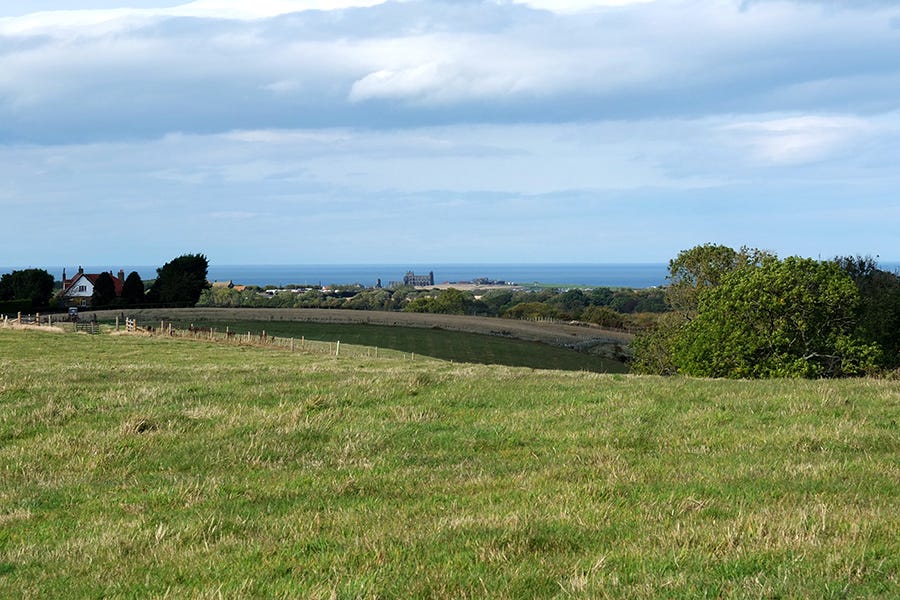
The Tree Establishment Tracker requires observers to rate the condition of each tree on a scale of one to four – with a score of one for young trees in excellent condition, two for good condition, three for poor and finally, a score of four for any trees that are dead or missing.
Will Fitzpatrick said: “Monitoring the success of the trees planted with the support of our grant schemes is essential, for a number of reasons.
“It allows us to monitor the condition of young newly planted trees, to determine what works and what doesn’t work in a whole range of different contexts and allows us to plan ahead to improve future planting schemes.
“This helps us to ensure that funds and resources invested into tree planting schemes is well spent, and maximum benefits to wildlife, people and our landscape are delivered.”
While new tree planting provides many ecological benefits in the short and long-term, the specific objective for this project in the River Esk basin, is to improve water quality and reduce flooding risks.
The first site was a steep bank leading down to the watercourse, planted with a variety of species, including oak, silver birch, alder and hazel.
To cover each site effectively, Ian and Will decide whether to examine every tree, or whether a sample of the planted population would be more suitable (depending on the size and scale of the planting site). During the survey, they give each tree a 1 – 4 score and then carefully examine those in poor condition to determine whether they are still viable, or whether they have failed.
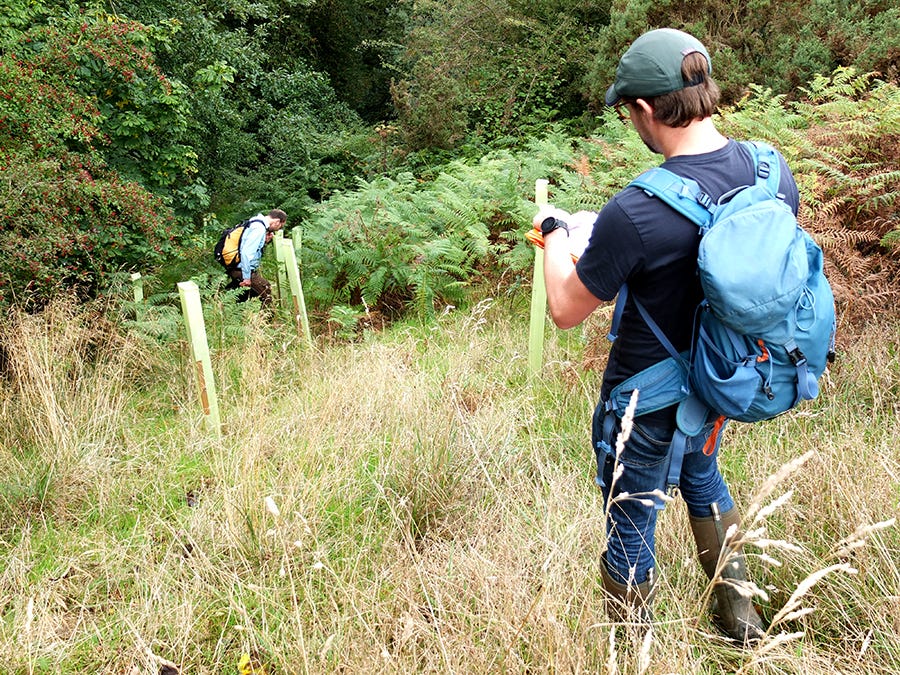
Even if the tree looks dead, the tree guard is lifted and the tree stem is checked to see if any life remains. If there is life, the stem will display a green colour when scratched.
The inspections reveal a huge variety of tree conditions, reflecting how this can change from favourable to unfavourable within a few metres, depending on shade from existing vegetation or topography, ground cover, access to water, browsing pressure from animals such as deer, and soil conditions.
Some young trees displayed foliage above the tree guard, while others were struggling, and a number were dead.
Ian Turner said: “The results from our nationally distributed planting sites only reinforce our belief that we need to amend our methods of establishment.
“The change in the climate has affected our weather to the extent that we are seeing significant and rapid change in rainfall, heat and soil conditions.
“The need for further research on methods of planting and establishment is urgent and necessary, to keep up with the pace of change.”
In total, five sites were visited across the day, within the River Esk catchment and encompassing farmland, a glamping site and a caravan park.
Will and Ian estimate an average survival rate of around 60% to 70% across the five sites visited that day – a better return than expected considering the very dry summer. After carrying out the field work, the numbers will be crunched to produce accurate statistics to help inform future tree establishment activity.
Will added: “We are seeing in real time, the effects this summer’s incredibly dry weather had on young trees trying to establish, right across the country.
“We are still collecting data for this past season and then we will move onto analysing it, and working out how we can provide best advice to ensure the most successful and beneficial tree planting grant schemes possible going forward.
“This might include novel ways of planting, trialling new methods, and taking learning and research from a range of sectors including arboriculture, forestry, horticulture and agriculture.”
The Tree Council provides a range of grants to support tree establishment, including the long-established Branching Out Fund, the new for 25/26 Trees Outside Woodland Fund, The Network Rail Community Planting Fund, and partnerships with SP Energy Networks and National Highways, that provide funding or free trees, respectively, to community groups, local authorities and individuals.
The Tree Council developed the Tree Establishment Tracker for Defra with partners Fera Science and Forest Research. It was trialled by 30 organisations across the summer of 2024, with trials expanded to more than 130 sites in 2025. Results of these trials will be available next spring.
Find out more about The Tree Council at treecouncil.org.uk. Sign up to our monthly newsletter The Leaflet, and follow our social accounts: Instagram, TikTok, Facebook, LinkedIn, X/Twitter, YouTube.


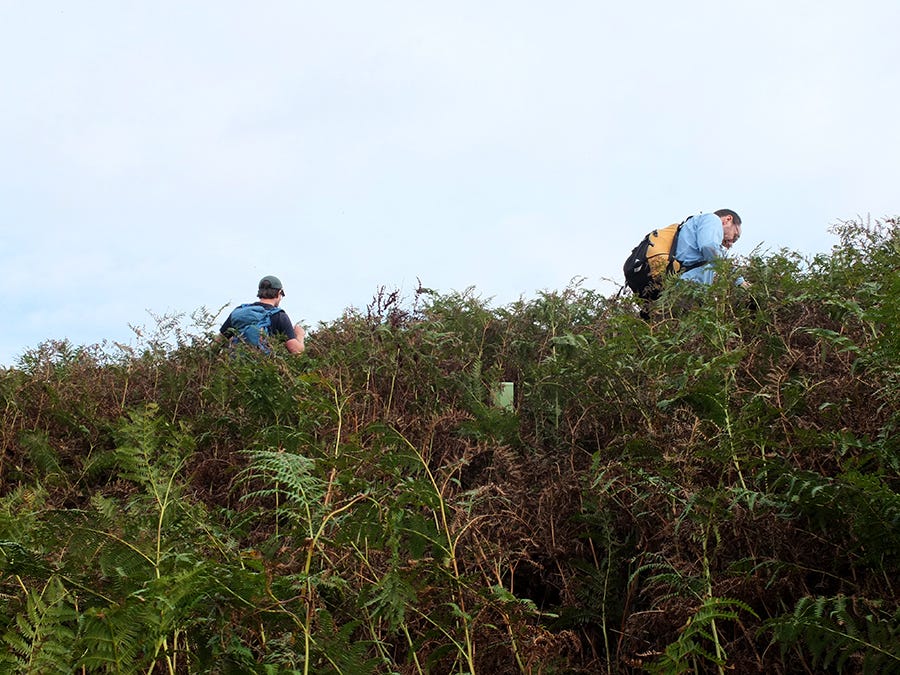
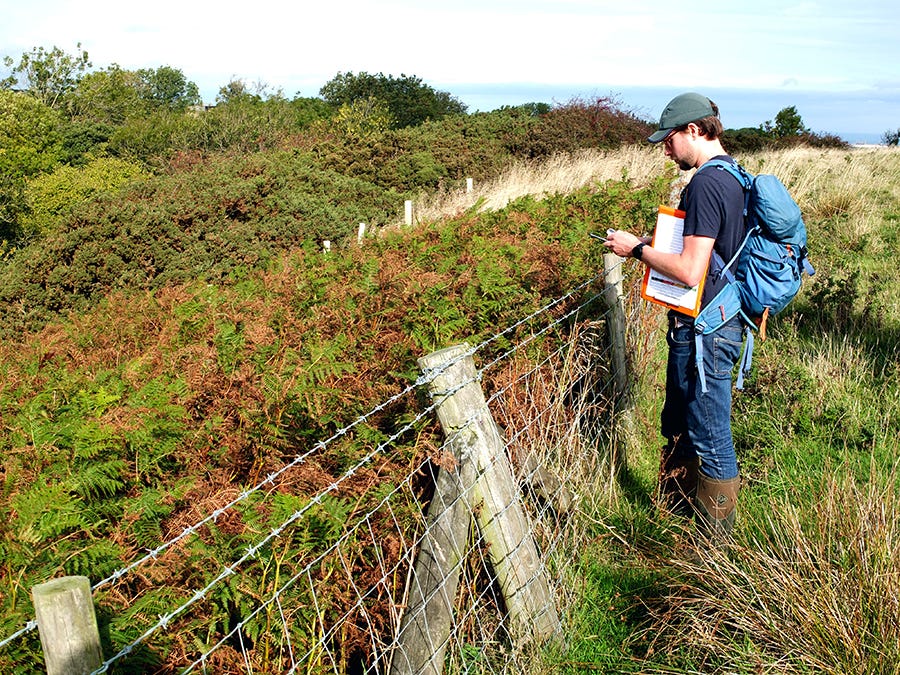
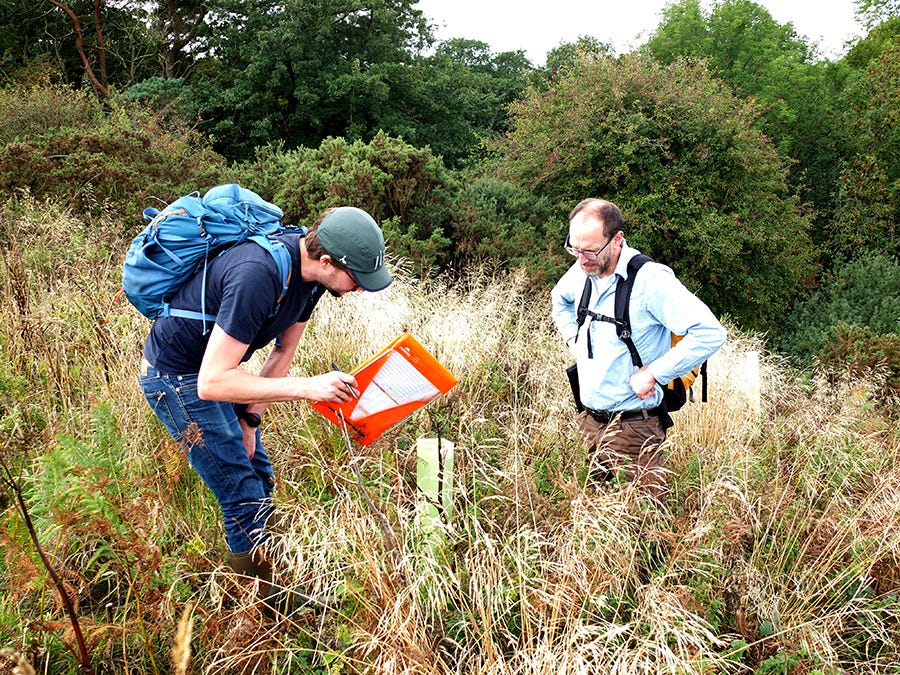
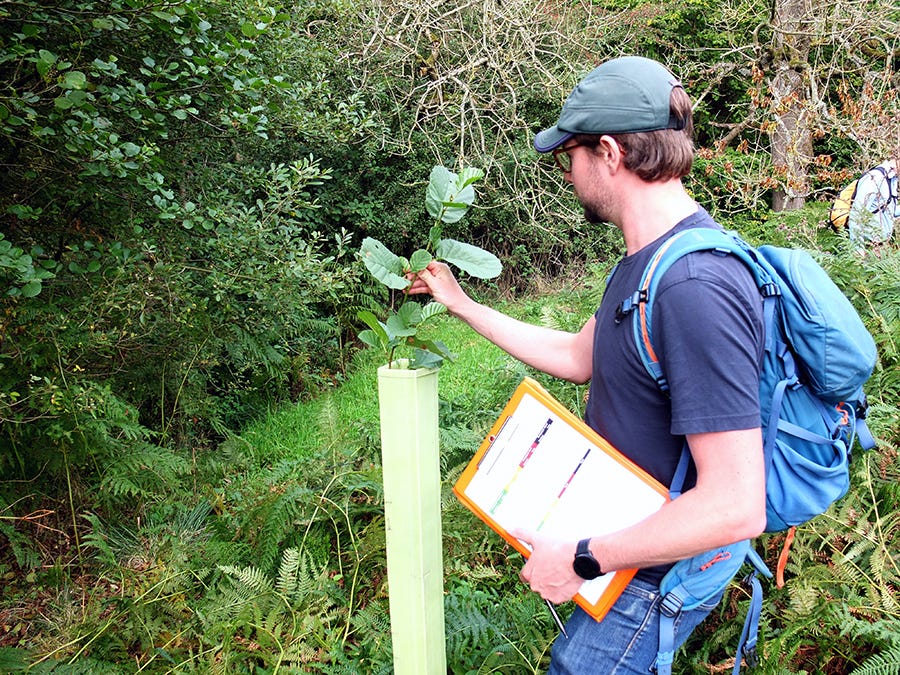
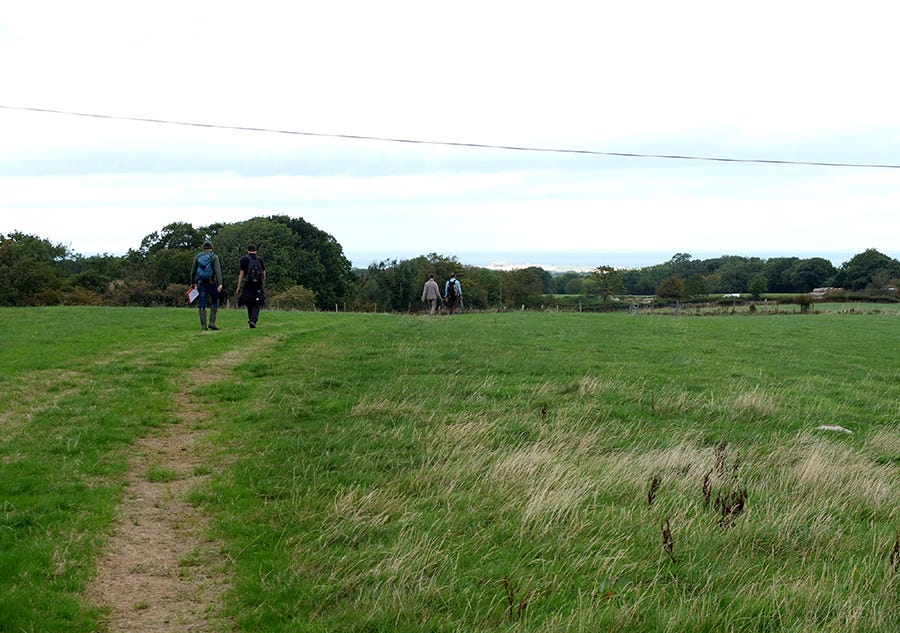
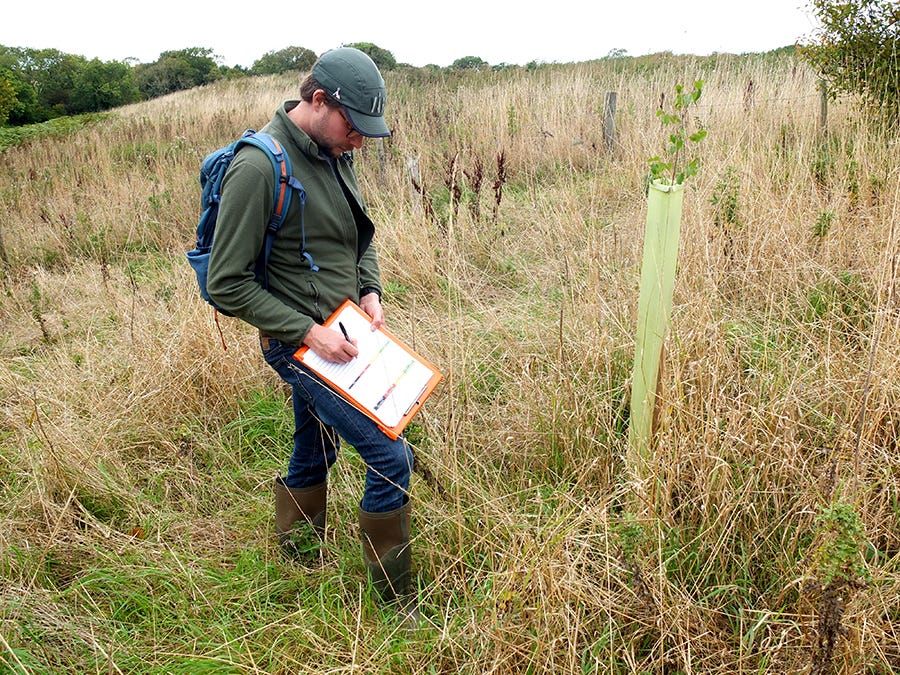
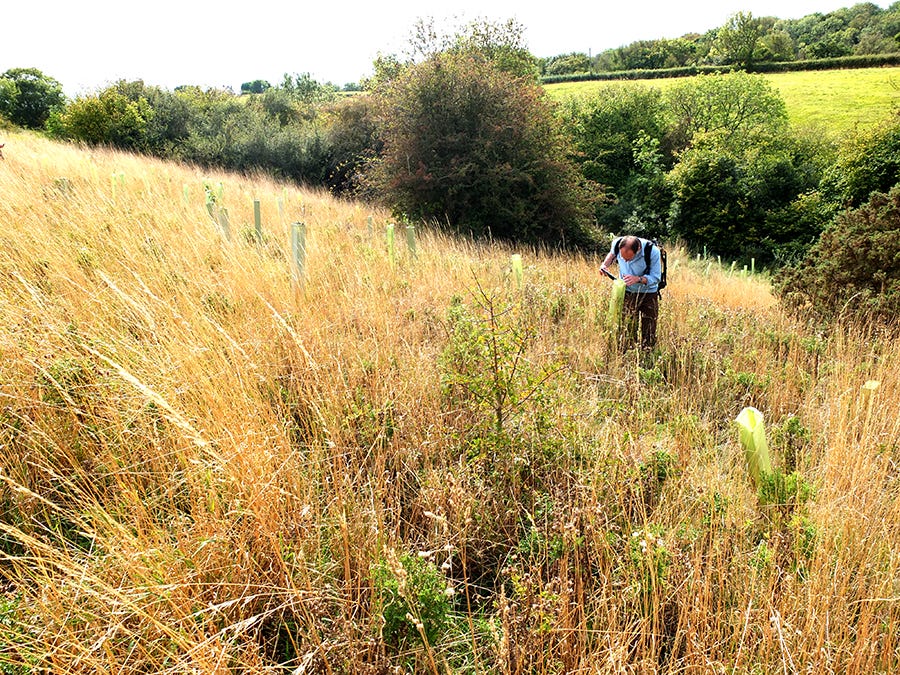
A good return on survival from first impressions of what is reported. It would be good to have a little mapping of the areas being reported, even just a pencil shetch photo'd
I’m so sorry this is happening 🥺💔😞🫂🇨🇦